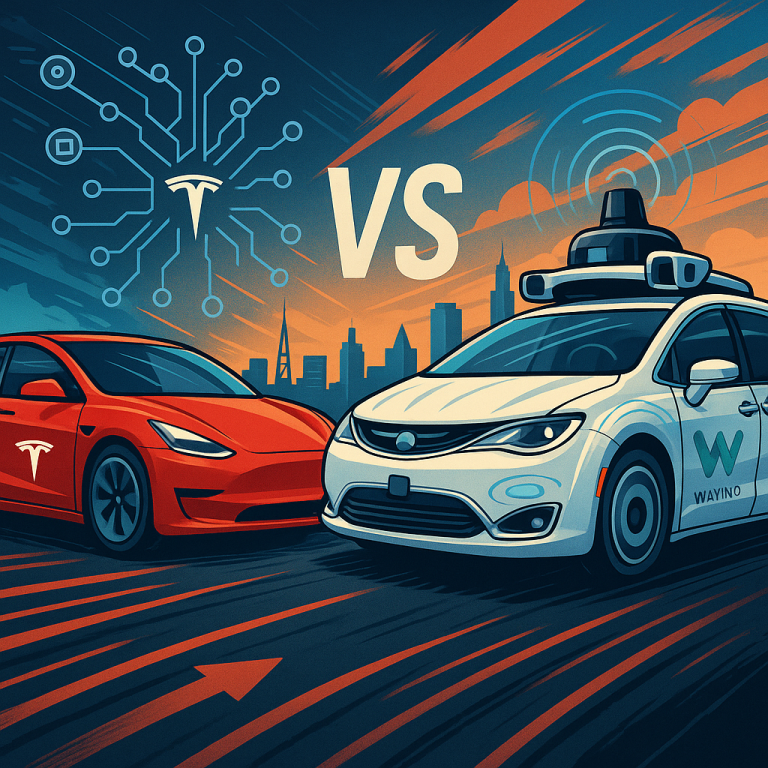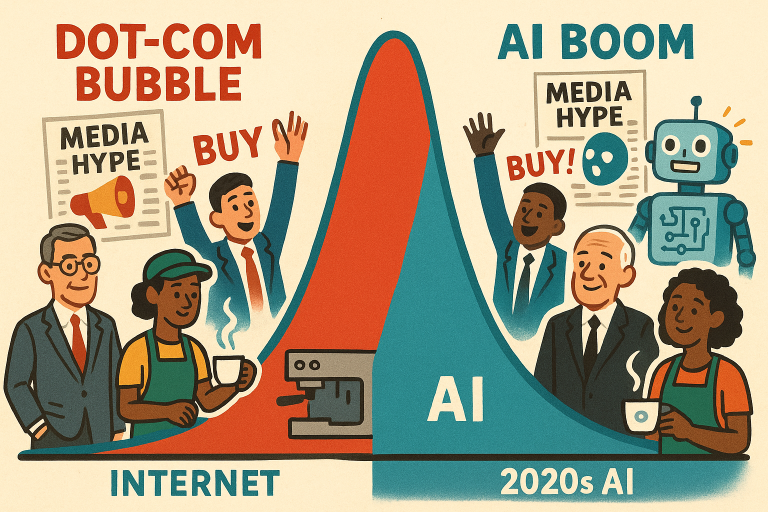2. Mapping the Financial Sector: GICS Classification and Key Subsectors
The financial sector is a vast ecosystem. To invest effectively, you need a map. The Global Industry Classification Standard (GICS) provides this structure, breaking the sector down into distinct industries.
Understanding these classifications is crucial because you cannot analyze a global investment bank using the same metrics as a regional credit union.
1. Banking (The Traditional Powerhouses)
Banks primarily engage in taking deposits and making loans.
- Diversified Banks: Massive, globally interconnected institutions offering a full suite of services: retail, commercial, investment banking, and asset management.
- Examples: JPMorgan Chase (JPM), Bank of America (BAC).
- Regional Banks: Operate in specific geographic areas, focusing more on traditional lending and deposit gathering.
- Examples: U.S. Bancorp (USB), PNC Financial Services (PNC).
2. Capital Markets (The Dealmakers and Traders)
This industry facilitates the flow of capital through securities trading, underwriting, and advisory services.
- Investment Banking and Brokerage: Help companies raise capital (IPOs), advise on mergers and acquisitions (M&A), and execute trades. Revenue is tied to market volatility and deal volume.
- Examples: Goldman Sachs (GS), Morgan Stanley (MS).
- Asset Management and Custody Banks: Manage investments (Asset Managers) or safeguard financial assets (Custody Banks).
- Examples: BlackRock (BLK), State Street (STT).
- Financial Exchanges and Data: The platforms where securities are traded.
- Examples: CME Group (CME), S&P Global (SPGI).
3. Insurance (The Risk Managers)
Insurers collect premiums in exchange for taking on specific risks. They profit from underwriting and investing the premiums.
- Life and Health (L&H): Focus on life insurance and annuities. Sensitive to long-term interest rates.
- Examples: MetLife (MET).
- Property and Casualty (P&C): Cover risks related to homes, cars, and businesses. Sensitive to catastrophic events.
- Examples: Travelers (TRV), Progressive (PGR).
4. Consumer Finance (The Lenders to Main Street)
This subsector provides loans directly to individuals, often without taking deposits.
- Examples: Credit card issuers like Capital One (COF) and American Express (AXP).
5. Financial Technology (Fintech) and Payment Processors
The “rails” on which money moves and technology-driven disruptors.
- Examples: Visa (V), Mastercard (MA), PayPal (PYPL), Block (SQ).
Investor Takeaway: The financial sector is not a monolith. Recognizing these distinctions is the foundation of sound financial analysis. A strategy that works for a bank might be disastrous for an insurance company.





